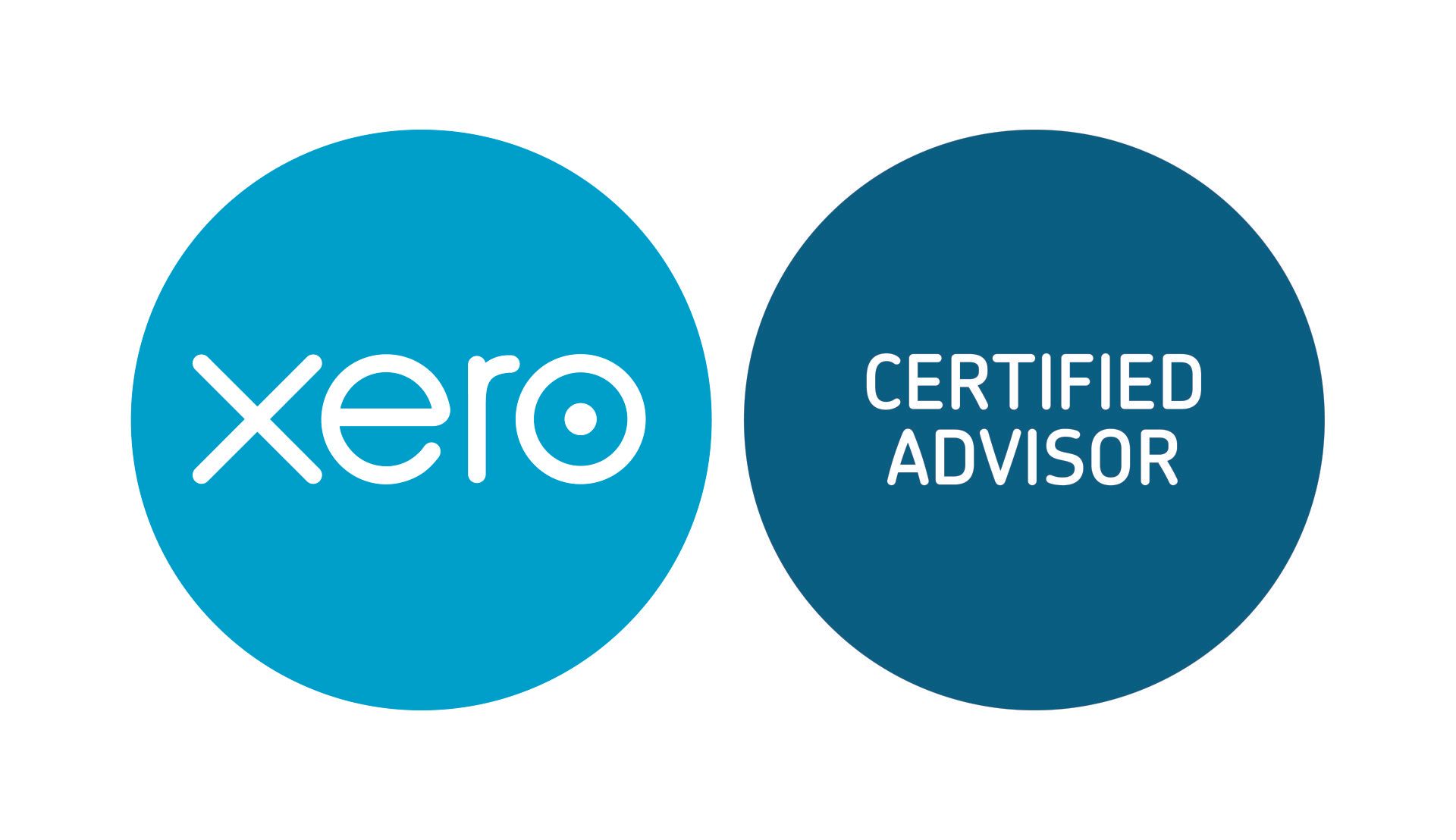Empowering Decision-Making: How Power BI Transforms KPI Visualization for Business Success
In the era of data-driven decision-making, leveraging powerful visualization tools like Power BI for monitoring Key Performance Indicators (KPIs) is essential for businesses aiming to stay ahead. Power BI, developed by Microsoft, stands out as a leading business intelligence tool that facilitates the creation of interactive and insightful KPI visuals. These visuals not only enhance the understanding of performance metrics but also streamline the decision-making process, ultimately driving growth.
The significance of KPI dashboards in Power BI cannot be overstated. They offer a fast, user-friendly solution to tracking KPIs and other business metrics, providing a unified view of data that greatly improves visibility into a company's health. This unified view is customizable, allowing for tailored data visualization with performance and status indicators. By aligning KPI dashboards with the same tools or platforms used for defining KPIs, businesses can ensure that updates are automatically populated into dashboards, saving valuable time and effort.
Power BI simplifies the display of KPIs through its built-in and custom visuals, making it easier for organizations to monitor business progress and analyze data effectively. The tool's user-friendly interface and powerful features, such as the KPI indicator visual, trend lines, dual KPIs, and bullet charts, offer a diverse range of visualization options. This ensures that businesses can effectively track and analyze their performance metrics, making informed decisions that drive success.
Real-life applications of Power BI for KPI visualization further highlight its impact. For instance, a leading home outdoor care company faced challenges with inconsistent and time-consuming KPI reports, impacting the efficiency of their reporting system. By adopting Power BI, they were able to create a comprehensive KPI reporting system from scratch. Despite the challenges of working with multiple data sources and without a unified data center, the implementation of Power BI enabled the organization to develop dynamic, consistent, and informative KPI reports. This not only streamlined the reporting process but also enhanced decision-making at various levels of the organization.
The ability to align KPIs with business objectives, ensure data accuracy and consistency, and regularly review and update KPIs based on evolving business needs are critical best practices for utilizing Power BI effectively. By following these guidelines, businesses can optimize their KPI visualizations, fostering a culture of informed decision-making that contributes to sustained success..
In summary, Power BI's robust capabilities for KPI visualization provide businesses with the tools necessary to monitor performance metrics closely, identify areas for improvement, and make strategic decisions based on real-time data. Its impact on enhancing operational efficiency and facilitating growth by leveraging data-driven insights is undeniable, making it an indispensable tool for businesses aiming to maintain a competitive edge in their respective industries.















